Home>Home Appliances>Cleaning Appliances>How To Clean A Floor Without A Mop
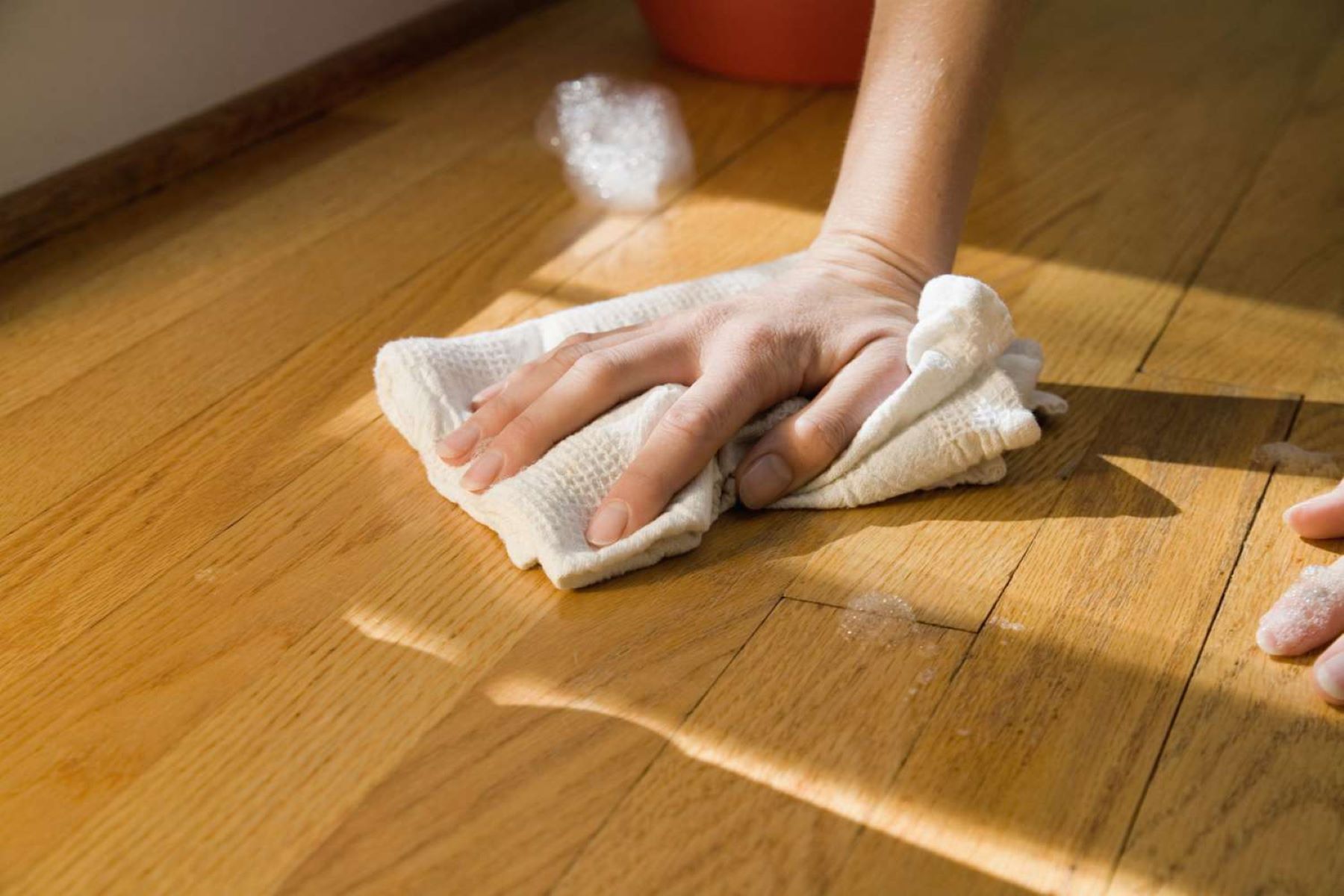

Cleaning Appliances
How To Clean A Floor Without A Mop
Modified: August 17, 2024
Discover effective ways to clean your floors without using a mop. Explore alternative cleaning methods and appliances for a spotless finish. Ideal for anyone seeking innovative cleaning solutions.
(Many of the links in this article redirect to a specific reviewed product. Your purchase of these products through affiliate links helps to generate commission for Storables.com, at no extra cost. Learn more)
Introduction
Keeping your floors clean is essential for maintaining a healthy and pleasant living environment. While mops are a popular tool for cleaning floors, there are times when you may not have access to one or prefer an alternative method. Fortunately, there are several effective ways to clean your floors without a mop. In this article, we’ll explore various methods for cleaning different types of floors without using a mop, providing you with versatile options for maintaining a sparkling clean home.
Whether you’re dealing with a small spill, want to give your floors a quick refresh, or simply don’t have a mop on hand, these alternative cleaning methods can come in handy. From using basic household items to utilizing specialized cleaning equipment, you’ll discover practical and efficient ways to keep your floors looking their best without the need for a traditional mop.
By learning these alternative cleaning techniques, you’ll have the knowledge and confidence to tackle floor cleaning tasks in any situation. Let’s dive into the various methods and materials you can use to achieve spotless floors without relying on a mop.
Key Takeaways:
- Keep your floors clean without a mop using simple tools like a broom, cloth, or vacuum. No need to stress about spills or dirt buildup with these versatile cleaning methods!
- Embrace the power of steam cleaning for a hygienic and eco-friendly floor cleaning solution. Say goodbye to traditional mopping and hello to sparkling, sanitized floors!
Read more: How To Mop Tile Floors Without Streaks
Materials Needed
Before you begin cleaning your floors without a mop, it’s important to gather the necessary materials to ensure effective and efficient cleaning. The specific materials you’ll need may vary depending on the method you choose, as different cleaning techniques require different supplies. Here’s a general overview of the materials that may be useful for cleaning your floors without a mop:
- Broom: A broom with soft or stiff bristles, depending on the type of flooring you have.
- Dustpan: For collecting dirt, debris, and dust after sweeping.
- Sponge or Cloth: Ideal for spot cleaning and wiping up spills on hard surfaces.
- Vacuum Cleaner: Can be used with various attachments to effectively clean different types of flooring.
- Steam Cleaner: A specialized cleaning tool that uses steam to sanitize and clean hard floors.
- Cleaning Solution: Depending on the type of flooring, you may need a suitable cleaning solution or detergent.
- Warm Water: Useful for diluting cleaning solutions and wiping surfaces clean.
- Microfiber Cloth: Effective for dusting and polishing hard surfaces.
- Bucket: For mixing cleaning solutions and holding water for mopping alternatives.
- Protective Gloves: Recommended when using cleaning solutions to protect your skin.
These materials will help you adapt to different cleaning scenarios and ensure that you can effectively clean your floors without a traditional mop. With the right tools at your disposal, you’ll be well-equipped to tackle various types of flooring and maintain a clean and inviting living space.
Method 1: Using a Broom and Dustpan
One of the most traditional and effective ways to clean floors without a mop is by using a broom and dustpan. This method is suitable for sweeping and collecting dirt, dust, and debris from hard flooring surfaces. Here’s a step-by-step guide on how to clean your floors using a broom and dustpan:
- Prepare the Area: Remove any obstacles or large debris from the floor to make sweeping easier and more efficient.
- Select the Right Broom: Choose a broom with soft bristles for hardwood floors and a broom with stiff bristles for tile or concrete floors.
- Sweep Thoroughly: Begin sweeping the floor from one end, working your way towards the opposite side in long, overlapping strokes. Pay attention to corners and edges where dirt tends to accumulate.
- Use a Dustpan: Once you’ve swept the entire area, gather the dirt and debris using a dustpan, being careful to collect as much as possible without spreading it around.
- Dispose of Debris: Empty the contents of the dustpan into a trash receptacle or bag, ensuring that the collected dirt and debris are properly discarded.
- Spot Cleaning: If you notice any stubborn stains or spills, use a damp cloth or sponge to spot clean the affected areas.
Using a broom and dustpan is a straightforward and efficient way to keep your floors clean without the need for a mop. This method is particularly useful for quick touch-ups and regular maintenance, allowing you to remove surface dirt and maintain a tidy living space with minimal effort.
Remember to store your broom and dustpan in a convenient location for easy access, ensuring that you can quickly address any spills or debris that may accumulate on your floors.
Method 2: Using a Sponge or Cloth
When it comes to cleaning floors without a mop, using a sponge or cloth can be a versatile and effective alternative, especially for spot cleaning and addressing small spills. This method is particularly suitable for hard surfaces such as tile, laminate, or vinyl flooring. Here’s a simple guide on how to clean your floors using a sponge or cloth:
- Assess the Spill or Stain: Identify the specific area that requires cleaning, whether it’s a spill, stain, or general dirt buildup.
- Prepare a Cleaning Solution: Depending on the type of flooring and the nature of the spill, prepare a suitable cleaning solution by diluting a mild detergent or floor cleaner in warm water.
- Dampen the Sponge or Cloth: Dip a sponge or cloth into the cleaning solution, ensuring that it’s moist but not dripping wet.
- Spot Clean the Area: Gently scrub the affected area with the damp sponge or cloth, working in circular motions to lift the stain or dirt. For tougher stains, you may need to apply slightly more pressure while avoiding abrasive scrubbing on delicate surfaces.
- Dry the Surface: Once the stain or spill has been lifted, use a dry cloth to wipe the area and absorb any excess moisture, leaving the surface clean and dry.
- Regular Maintenance: Consider using a microfiber cloth to dust and polish hard surfaces regularly, effectively removing dust and maintaining a clean appearance.
Using a sponge or cloth for cleaning offers a targeted and precise approach, allowing you to address specific areas without the need for a full mopping session. Whether it’s a small spill in the kitchen or a muddy footprint in the hallway, having a sponge or cloth on hand provides a quick and efficient solution for keeping your floors clean and presentable.
By incorporating this method into your cleaning routine, you’ll be well-prepared to handle unexpected spills and maintain a pristine environment without relying solely on a traditional mop.
Use a mixture of warm water and a few drops of dish soap to clean the floor. Use a soft-bristled brush or cloth to scrub the floor, then wipe it dry with a clean towel.
Method 3: Using a Vacuum Cleaner
When it comes to efficiently cleaning floors without a mop, a vacuum cleaner is an indispensable tool that can effectively remove dirt, dust, and debris from various types of flooring. Whether you have carpet, hardwood, or tile floors, a vacuum cleaner equipped with the appropriate attachments can provide thorough cleaning and maintenance. Here’s a comprehensive guide on how to clean your floors using a vacuum cleaner:
- Select the Right Attachment: Depending on the type of flooring you have, choose the appropriate attachment for your vacuum cleaner. For hard floors, a hard floor attachment or a combination floor tool with a brush setting is ideal.
- Clear the Area: Remove any obstacles and small items from the floor to ensure unobstructed vacuuming and prevent potential damage to the vacuum cleaner or the flooring.
- Adjust the Settings: If your vacuum cleaner has adjustable height settings, ensure that it’s set to the correct height for the type of flooring you’re cleaning. This prevents excessive suction or potential damage to the floor surface.
- Vacuum Thoroughly: Start vacuuming the floor, moving in overlapping passes to ensure comprehensive coverage. Pay attention to corners, edges, and under furniture where dirt and dust tend to accumulate.
- Utilize Attachments: Use specialized attachments, such as a crevice tool or dusting brush, to clean baseboards, crevices, and other hard-to-reach areas where dirt may accumulate.
- Empty the Vacuum: Once you’ve completed vacuuming, empty the vacuum cleaner’s dust canister or replace the bag to maintain optimal suction and cleaning performance for future use.
A vacuum cleaner offers a powerful and efficient way to clean floors without the need for traditional mopping. Its ability to effectively remove dirt, pet hair, and debris makes it an essential tool for maintaining a clean and hygienic living space.
By incorporating regular vacuuming into your cleaning routine, you can effectively minimize the accumulation of dirt and allergens, ensuring that your floors remain clean and inviting for your family and guests.
Read more: How To Mop Floors Without Hurting Your Back
Method 4: Using a Steam Cleaner
For a thorough and hygienic cleaning of your floors without a mop, utilizing a steam cleaner can be a highly effective method, particularly for hard surfaces such as tile, laminate, and hardwood floors. Steam cleaning not only removes dirt and grime but also sanitizes the floor surface, making it an ideal choice for households with pets or individuals with allergies. Here’s a detailed guide on how to clean your floors using a steam cleaner:
- Prepare the Steam Cleaner: Fill the steam cleaner’s reservoir with water and allow it to heat up according to the manufacturer’s instructions. Some steam cleaners may require the addition of a specialized cleaning solution for enhanced cleaning performance.
- Clear the Area: Remove any small objects and obstacles from the floor to facilitate the steam cleaning process and ensure thorough coverage.
- Begin Steaming: Once the steam cleaner is ready, start steaming the floor by moving the cleaner in a slow and methodical manner, allowing the steam to penetrate and loosen dirt and grime.
- Focus on Stubborn Stains: For stubborn stains or heavily soiled areas, hold the steam cleaner over the spot for a few extra seconds to effectively lift the dirt and grime.
- Allow Drying Time: After steam cleaning, allow the floor to dry naturally. The high temperature of the steam helps to expedite the drying process, leaving the floor clean and ready for use in a relatively short period.
- Clean the Steam Cleaner: Once you’ve completed the cleaning process, follow the manufacturer’s instructions to clean and maintain the steam cleaner for future use.
Using a steam cleaner offers a chemical-free and eco-friendly approach to floor cleaning, making it an excellent choice for households with a focus on sustainability and indoor air quality. The powerful steam effectively removes dirt, grease, and bacteria, leaving your floors clean, sanitized, and safe for your family and pets.
By incorporating steam cleaning into your floor maintenance routine, you can enjoy the benefits of a thorough and hygienic cleaning process without the need for traditional mopping or the use of harsh chemical cleaners.
Conclusion
Exploring alternative methods for cleaning your floors without a traditional mop provides you with versatile options for maintaining a clean and inviting living space. Whether you opt for the simplicity of using a broom and dustpan, the precision of a sponge or cloth, the efficiency of a vacuum cleaner, or the thoroughness of a steam cleaner, each method offers unique benefits for addressing different cleaning scenarios.
By adapting to these alternative cleaning techniques, you gain the flexibility to tackle floor cleaning tasks in various situations, from quick touch-ups to comprehensive deep cleaning sessions. Whether you’re dealing with spills, pet hair, dust, or general dirt buildup, these methods empower you to keep your floors looking their best without being reliant on a traditional mop.
Furthermore, the materials required for each method are readily available and easy to use, allowing you to seamlessly integrate these cleaning techniques into your routine. From basic household items like a broom and dustpan to specialized cleaning equipment such as a steam cleaner, you have the tools at your disposal to effectively maintain spotless floors.
By incorporating these alternative cleaning methods into your regular maintenance routine, you can confidently address floor cleaning tasks, ensuring that your living space remains clean, hygienic, and visually appealing. Whether you’re a busy homeowner, a meticulous cleaner, or someone who simply prefers diverse cleaning options, these methods offer practical solutions for keeping your floors in top condition without the need for a mop.
Embracing the versatility and effectiveness of these alternative cleaning methods empowers you to achieve sparkling clean floors and a healthier living environment, providing you with the freedom to adapt to different cleaning needs and preferences. With the knowledge and insights gained from this article, you’re well-equipped to elevate your floor cleaning routine and maintain a pristine home without relying solely on a mop.
Frequently Asked Questions about How To Clean A Floor Without A Mop
Was this page helpful?
At Storables.com, we guarantee accurate and reliable information. Our content, validated by Expert Board Contributors, is crafted following stringent Editorial Policies. We're committed to providing you with well-researched, expert-backed insights for all your informational needs.
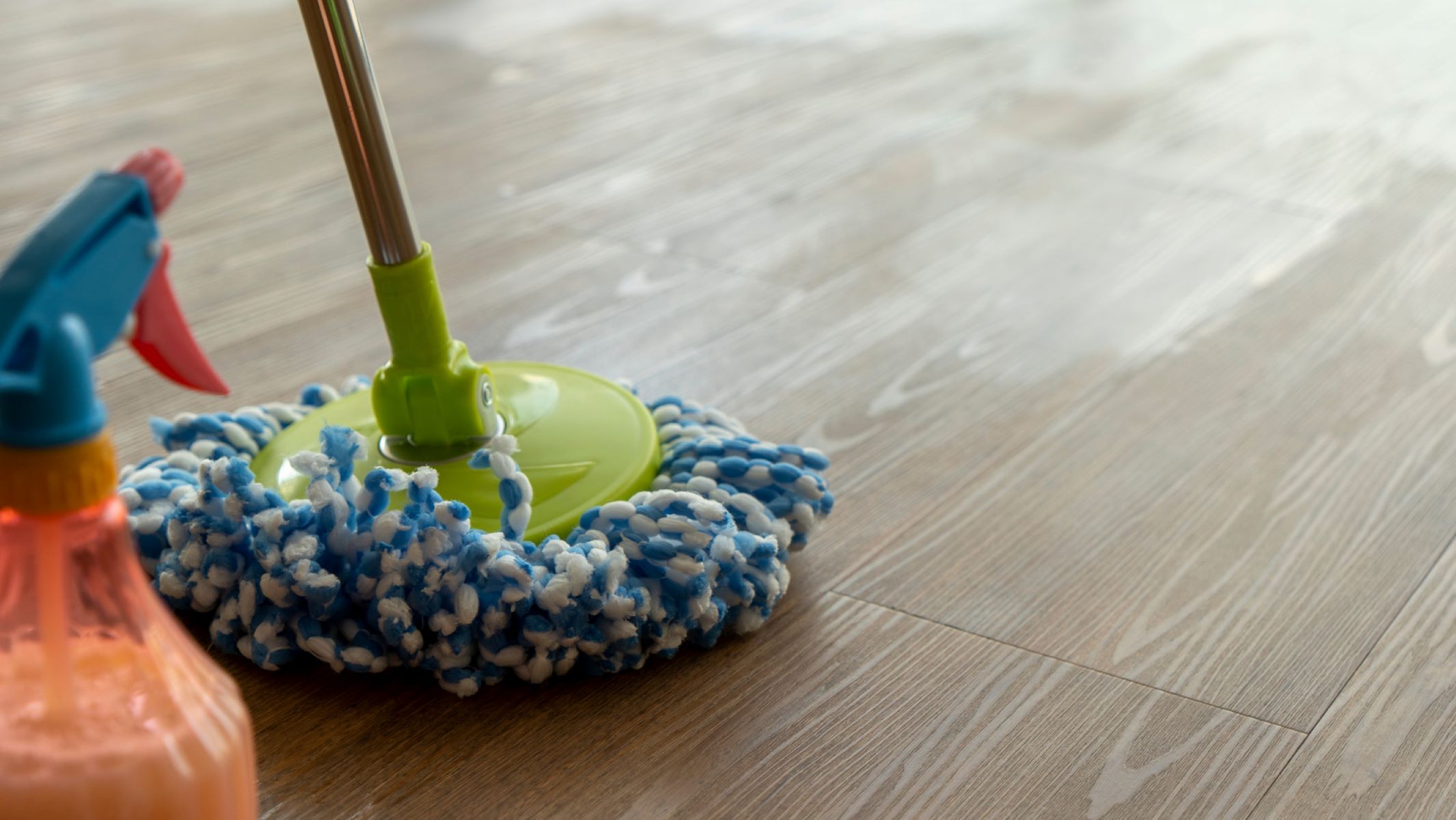
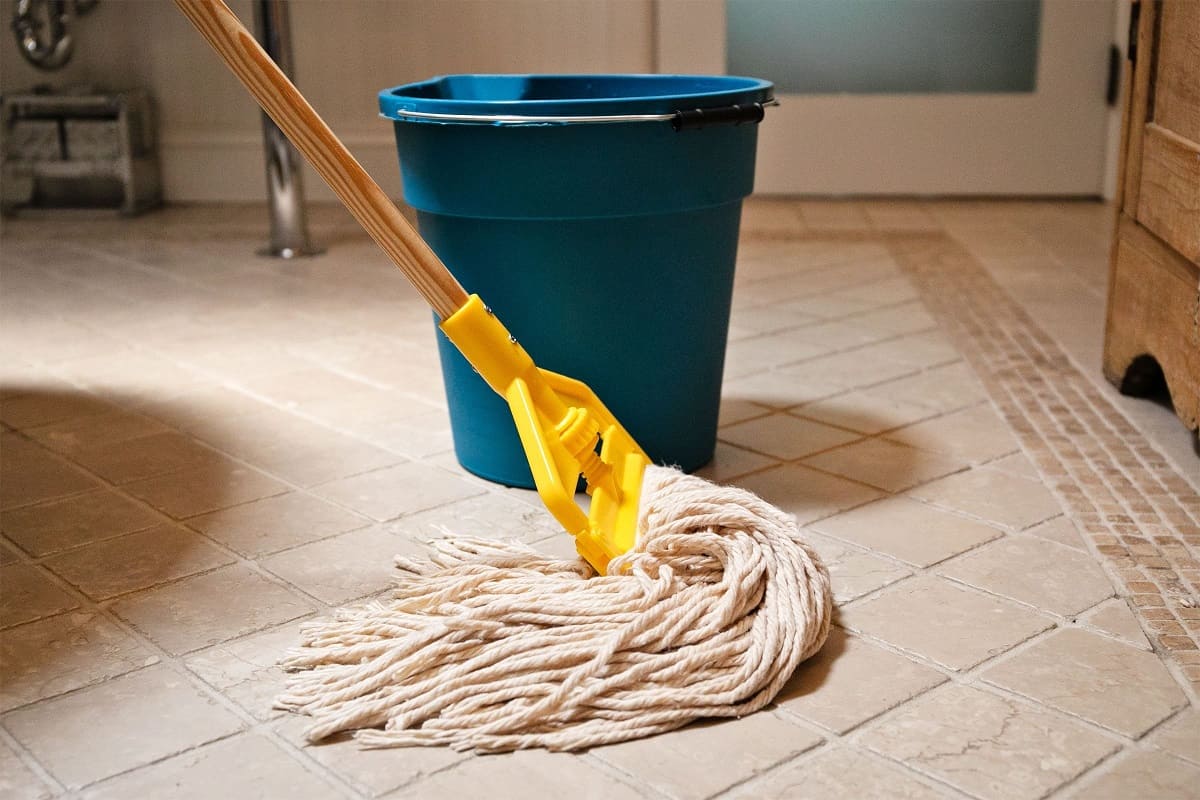
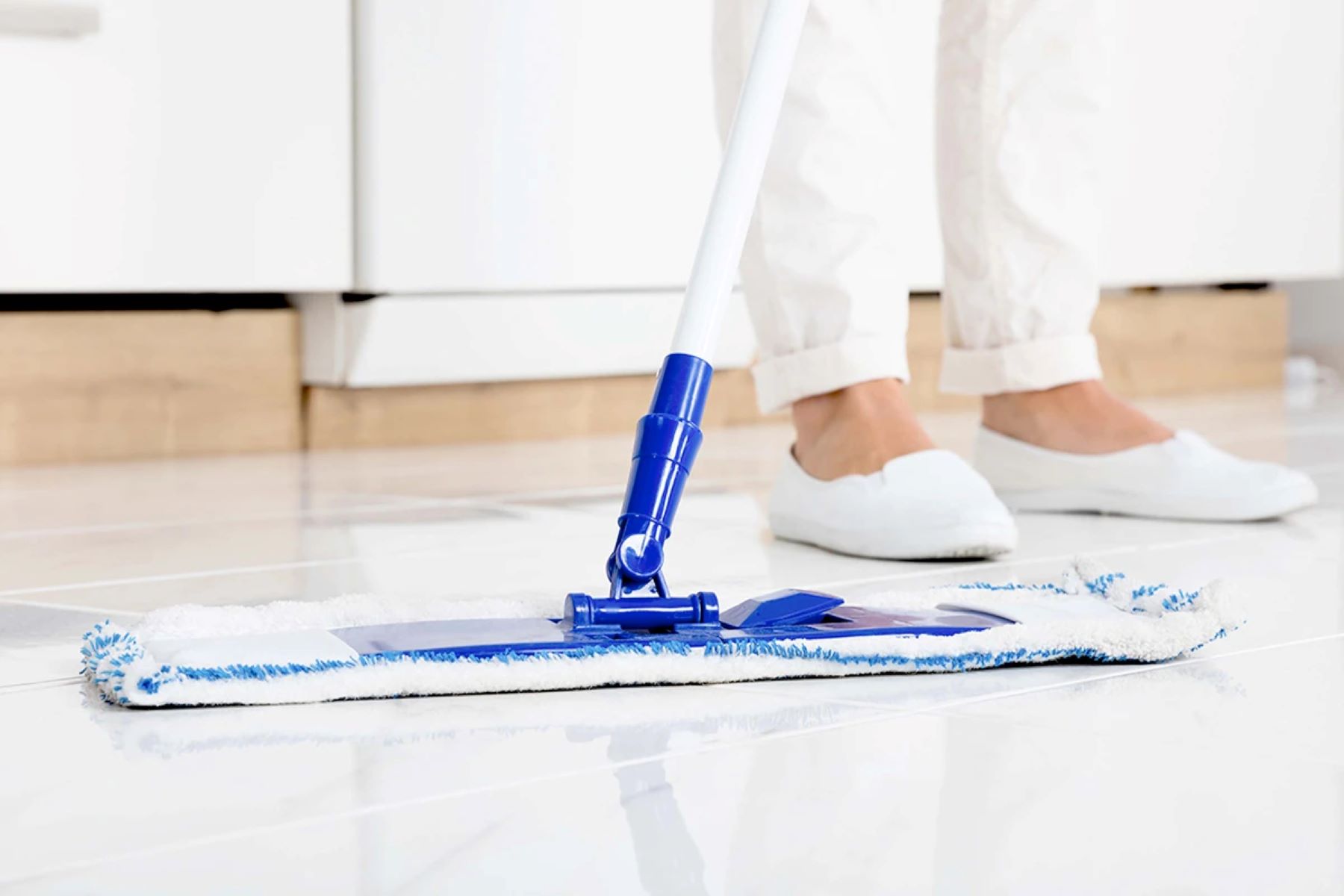
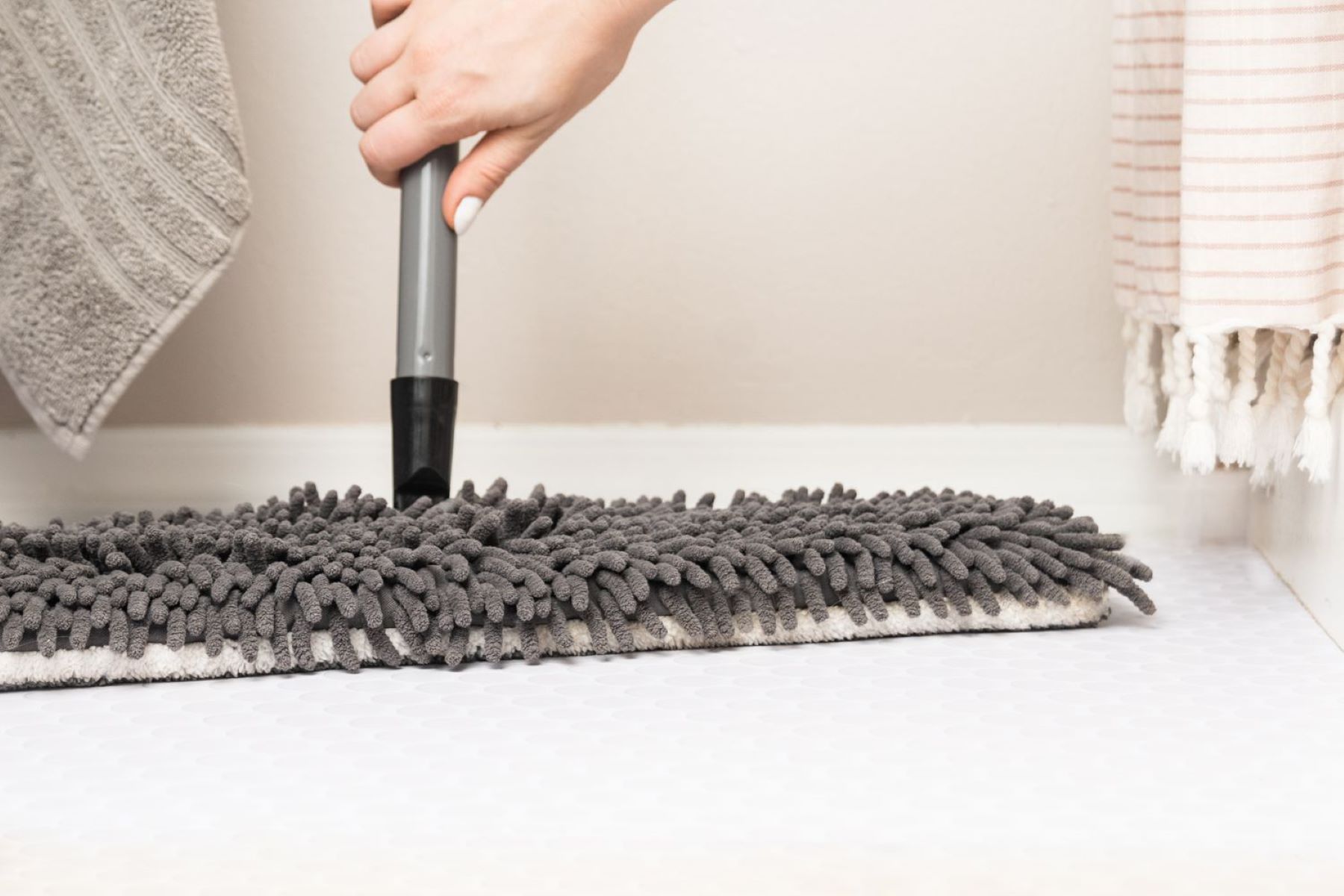
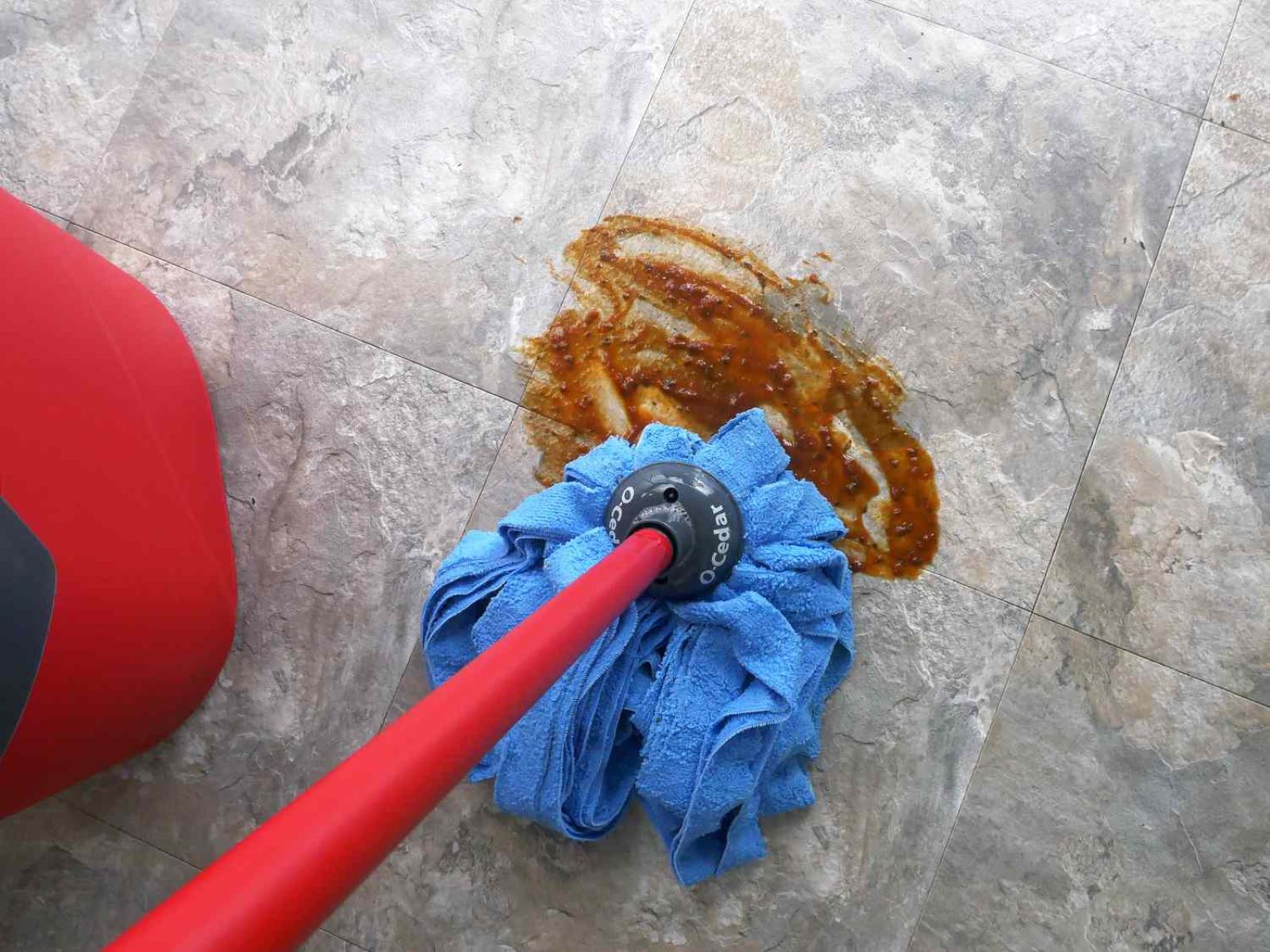
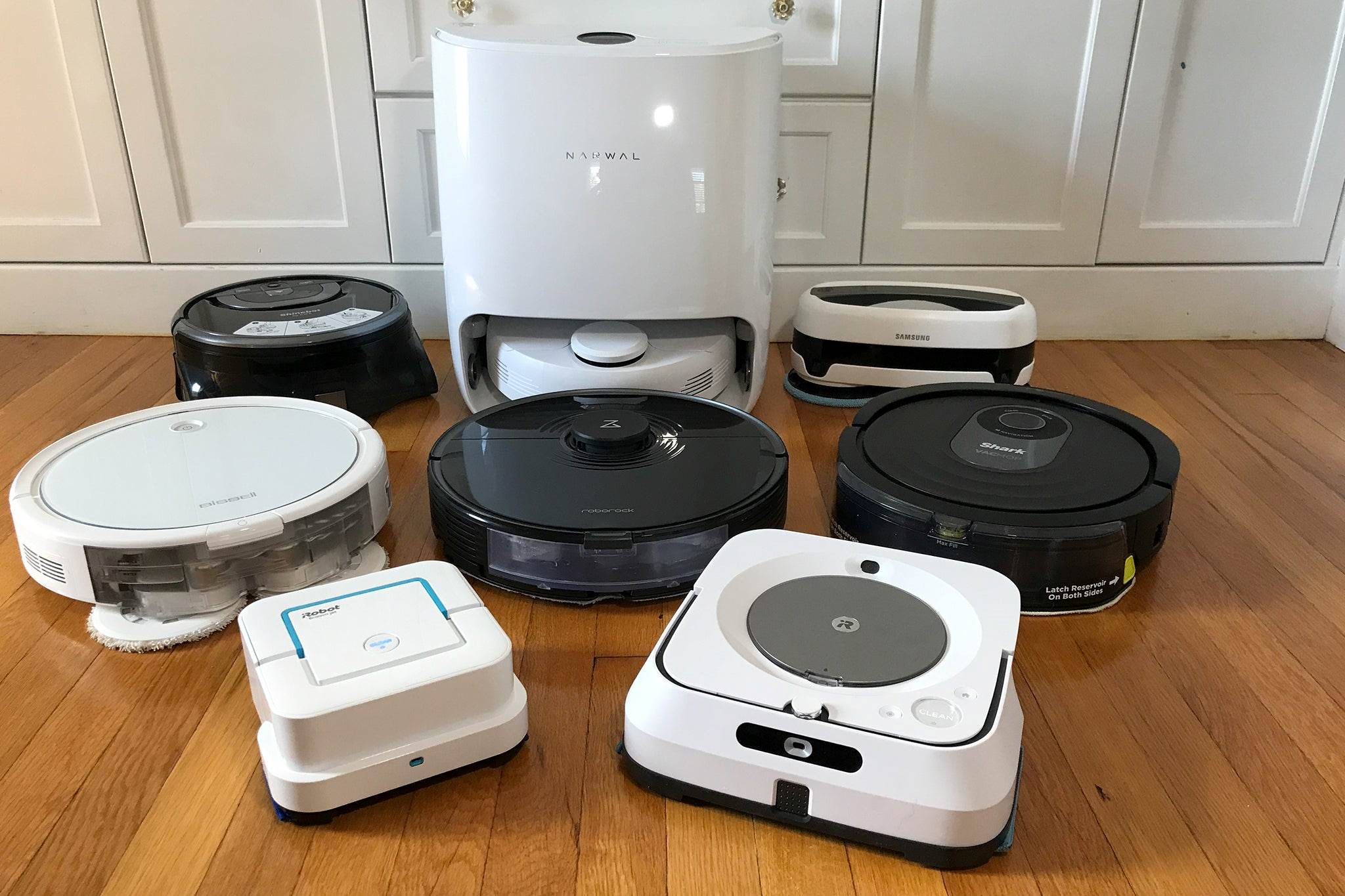
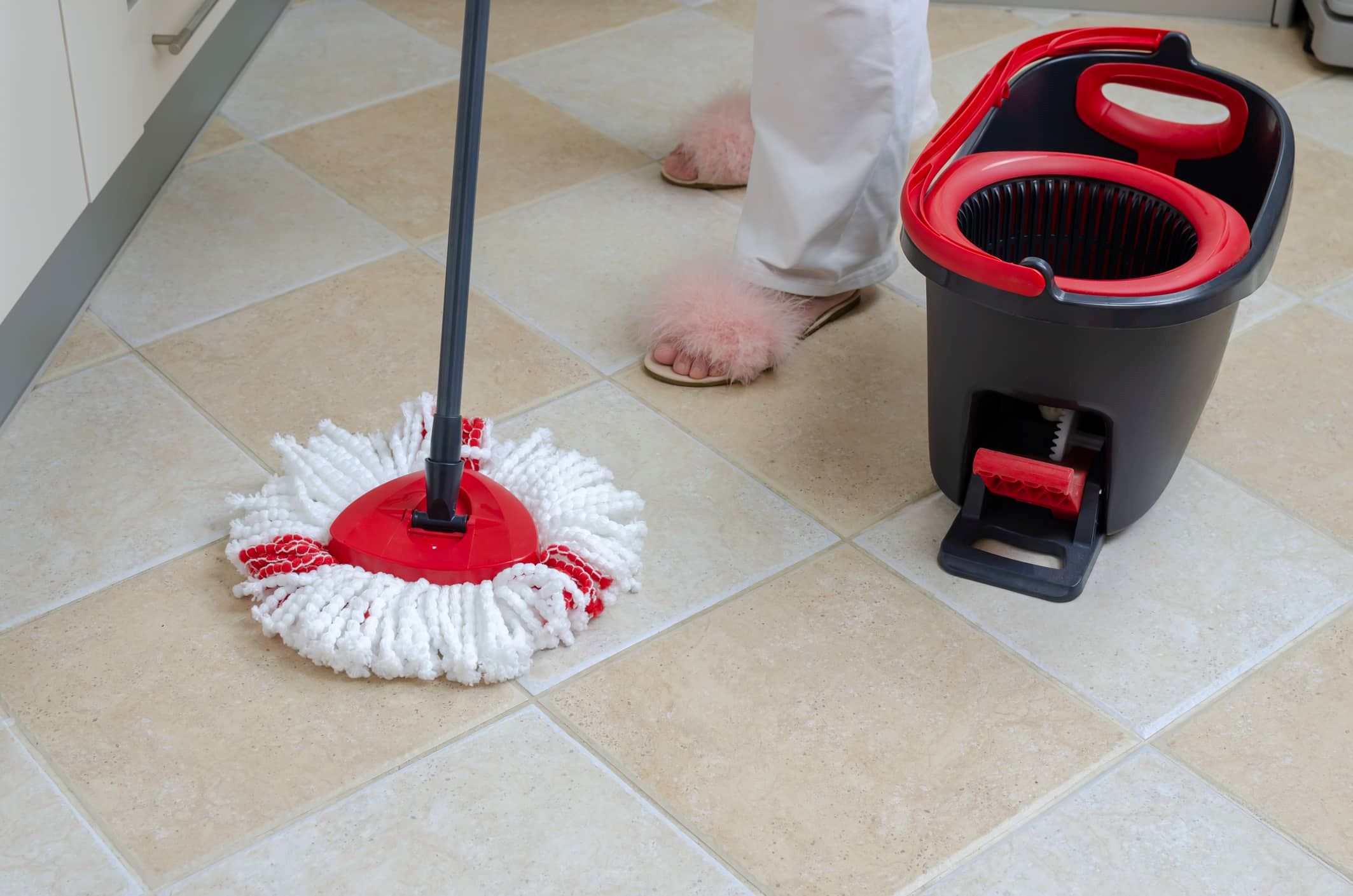
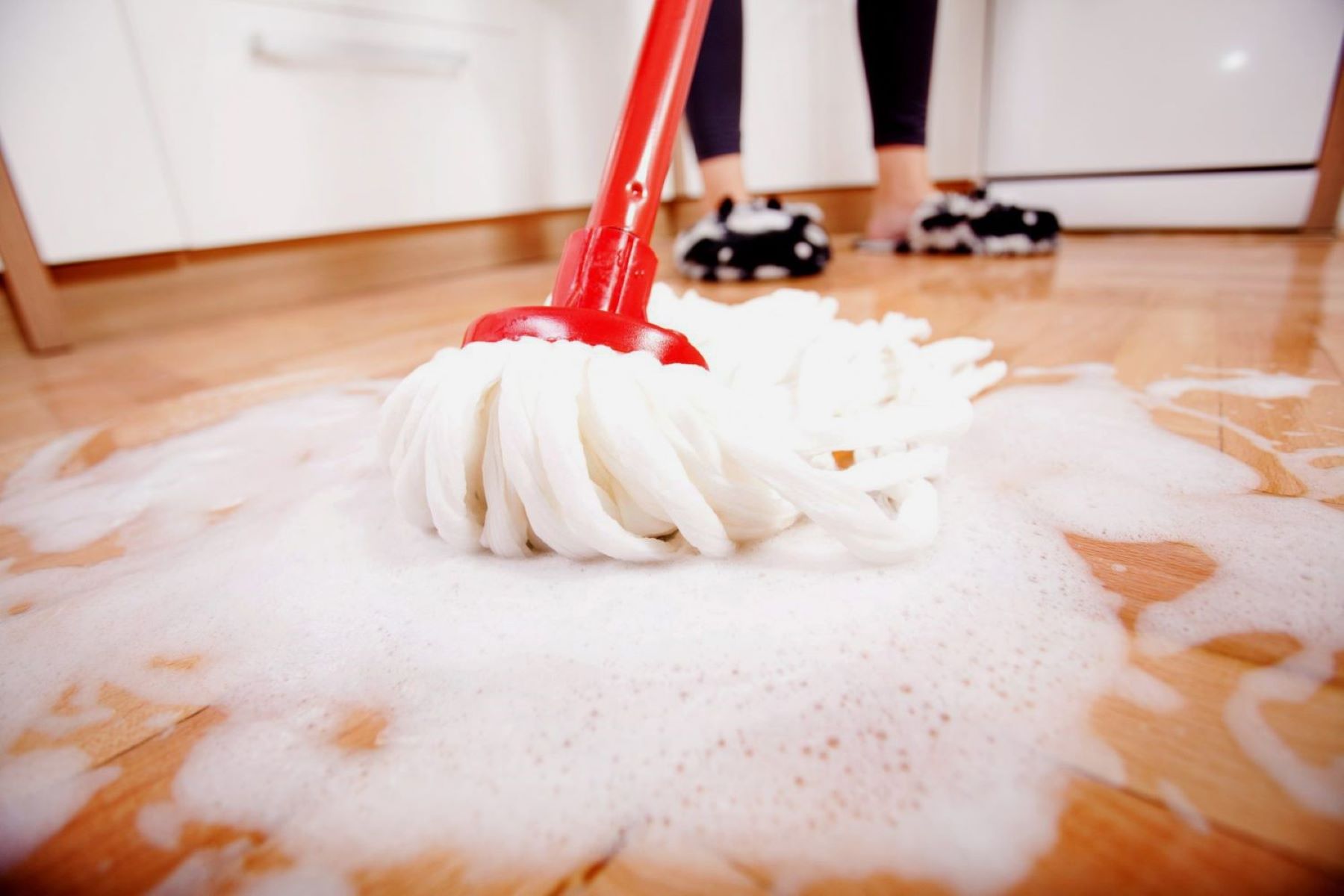
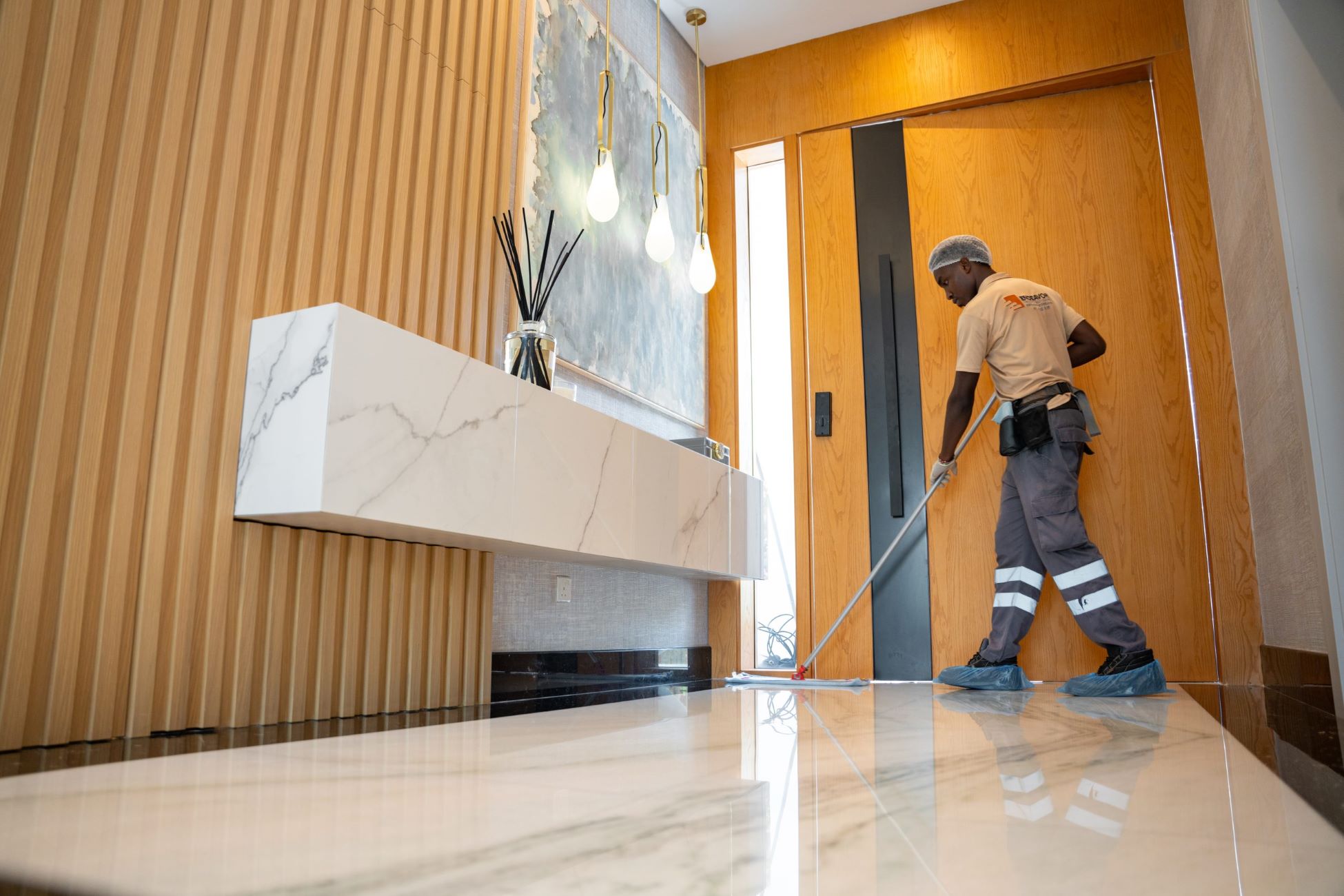
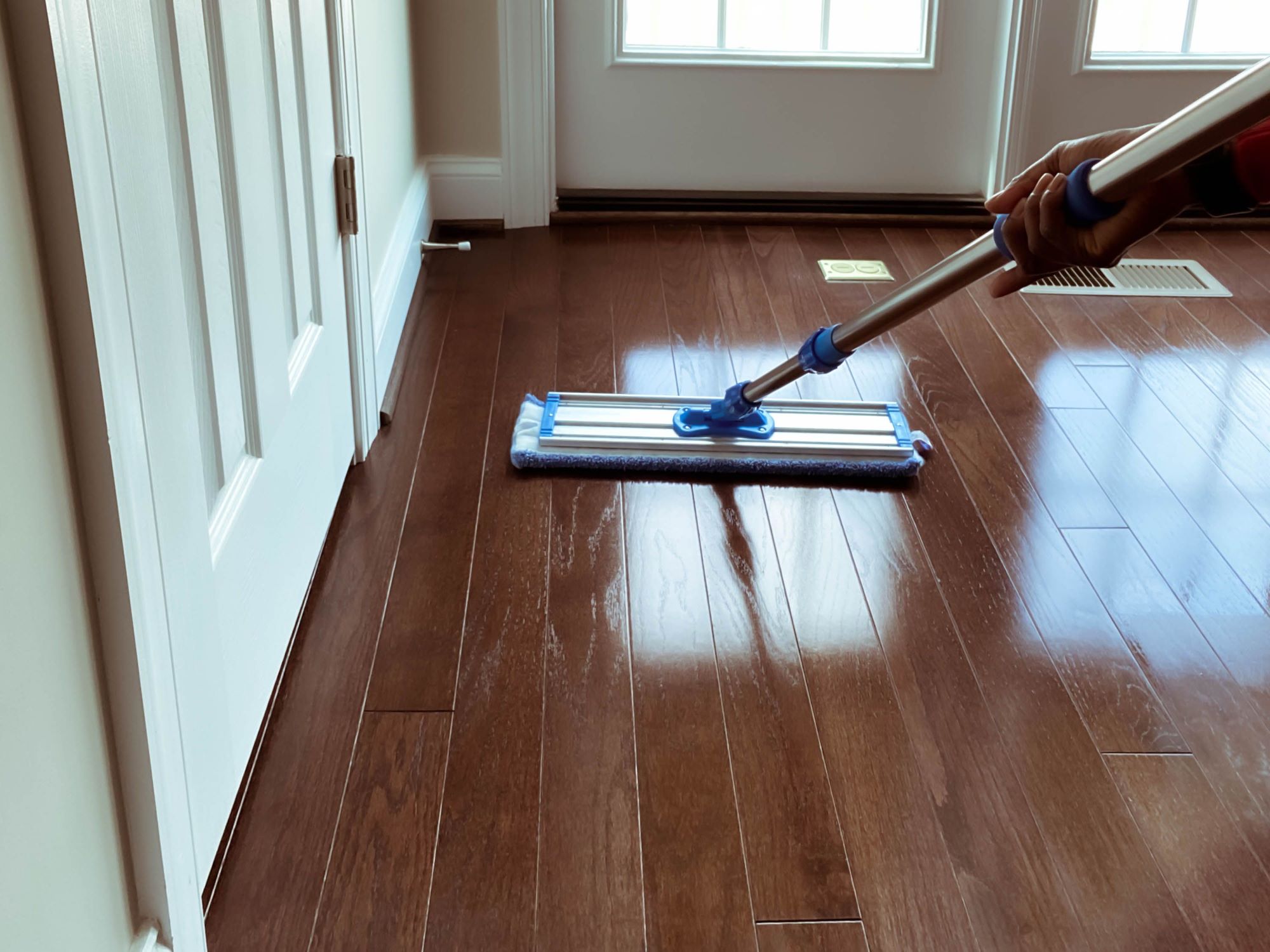
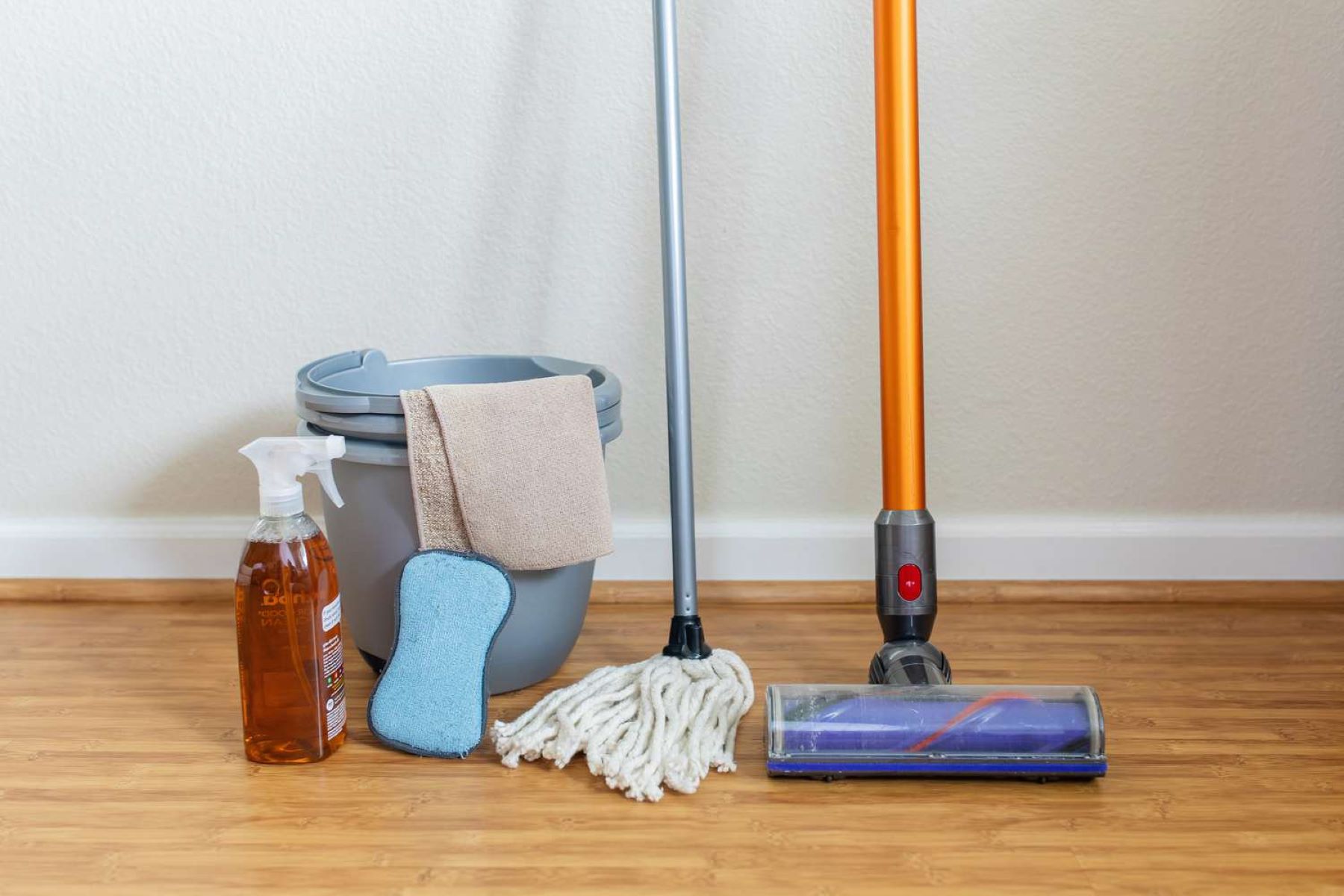
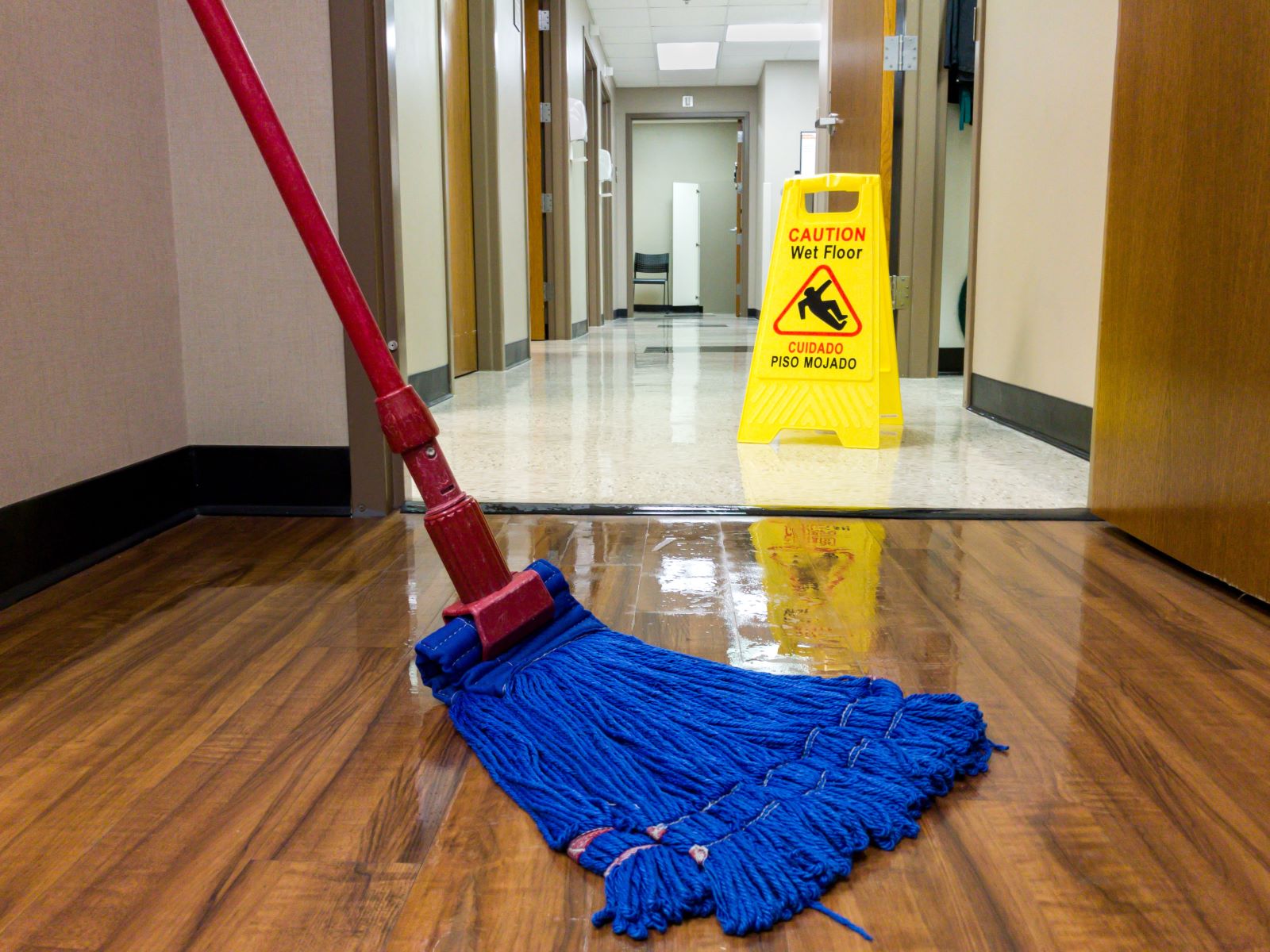
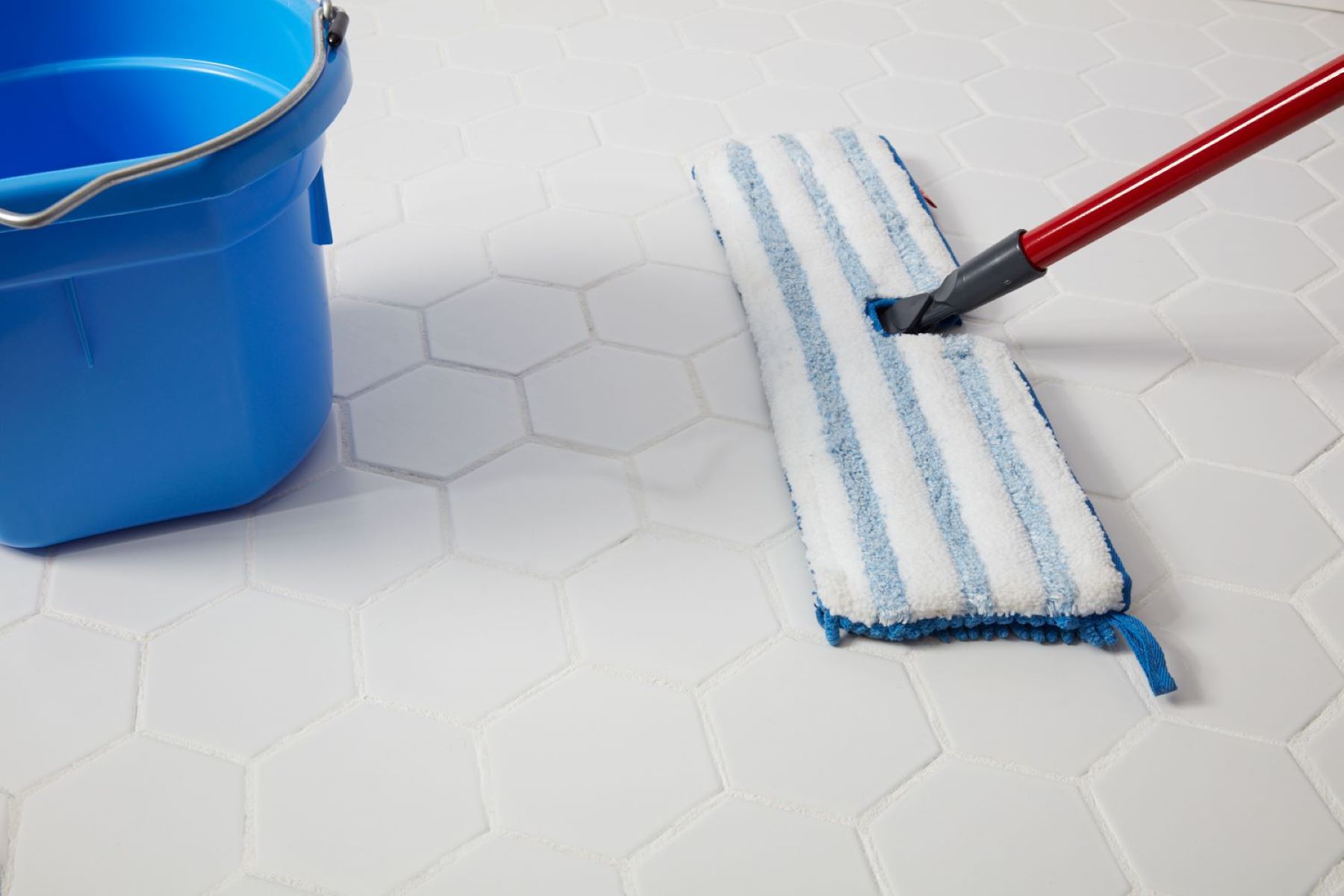
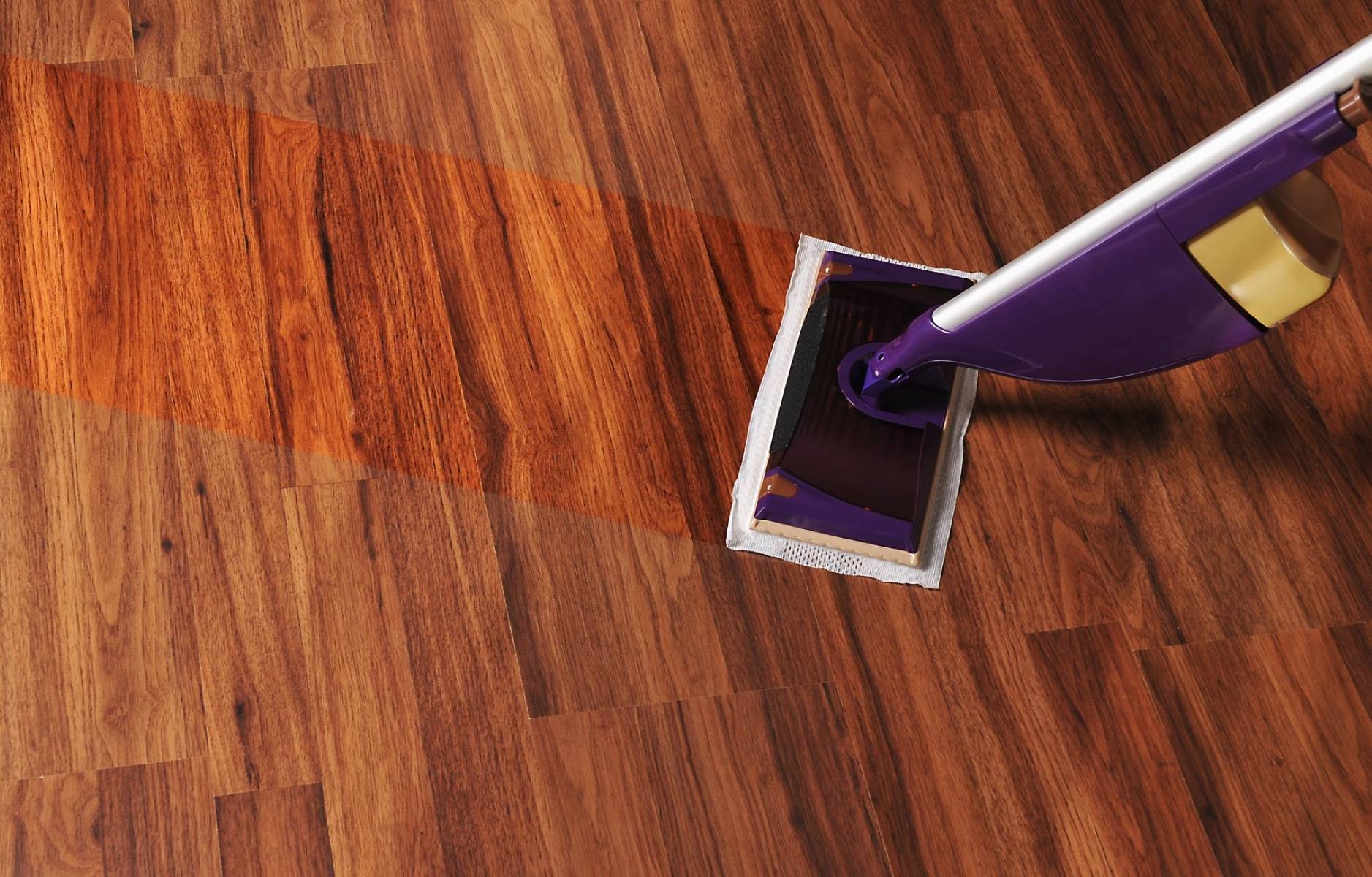

0 thoughts on “How To Clean A Floor Without A Mop”